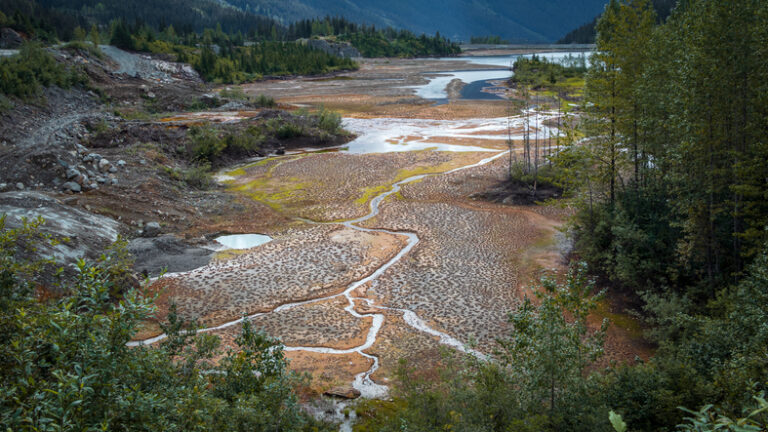Victoria, BC – A consulting engineer’s report is warning that the Capital Regional District’s $2-billion water management plan will likely cost much more than anticipated, resulting in massive rate hikes for taxpayers down the road.
Jonathan Huggett prepared the report, which was commissioned for a coalition of development industry groups. It cites a gross underestimation of costs for the plan that could result in taxpayers seeing their water bills rise as much as 500 percent.
The CRD supplies drinking water for 400,000 people in the Greater Victoria area. The plan was passed in August 2022 by the CRD board as a response to new water quality requirements issued by Island Health.
“Despite the significant faults of the Master Plan, and potentially vastly understated costs of their project, CRD staff have now advanced directly to the implementation process for a new Development Cost Charge bylaw to fund the Water Master Plan,” said Huggett in his report. “The Master Plan does not demonstrate either compelling scientific rationale for the filtration plant, and its stated implementation date is not supported by data presented in the plan.”
The Goldstream Water Filtration Plant, scheduled to be built by 2037, is the most expensive component of the plan with an estimated cost of $1.07 billion. Eight other projects ranging from $9 million to $295 million make up the balance.
Huggett suggests the CRD could be following the same road as Metro Vancouver, which initially projected the cost of the North Shore Wastewater Treatment Plant to cost $770 million but estimates now anticipate it to be closer to $4 billion. Huggett blames post-pandemic costs and inflation on the soaring price tags.
According to the report, key points from a community perspective include:
- Demand and Population Growth Assumptions: The Master Plan is based on assumptions that may not hold true, such as steady demand increase in line with population growth, despite a 25-year trend of declining per-capita water demand. The expenditures could be deferred if demand reduction continues.
- Water Quality and Filtration: The current water quality meets legal requirements, and it appears that a proposed $1 billion filtration plant, scheduled for construction by 2037, may not be economically justified at present, particularly given the low risk of water quality issues due to wildfires or drought, as historically, there have been no quality impacts during extreme conditions.
- Fire Risk Mitigation: The Master Plan does not address fire risk mitigation strategies that could avoid costly infrastructure investments. It would seem that forest management practices could be adopted to reduce fire risk, at nominally low cost.
- Economic Impact of Rate Increases: The projection of wholesale rate increases assumes that water demand will remain unaffected, which is unrealistic. Rate increases are likely to result in reduced discretionary water use, further decoupling demand from population growth.
- Energy Requirements: The Plan would change the water delivery system from a gravity-based (zero energy) to an electric pump-based system, increasing energy demands and requiring backup generators, which contradicts the low-energy nature of the current system and increases carbon footprint.
The entire report can be found at www.vrba.ca/wp-content/uploads/Review-of-the-CRD-Plans-and-Priorities-contained-in-the-2022-Regional-Water-Supply-Master-Plan_Jan-10-2024.pdf.









